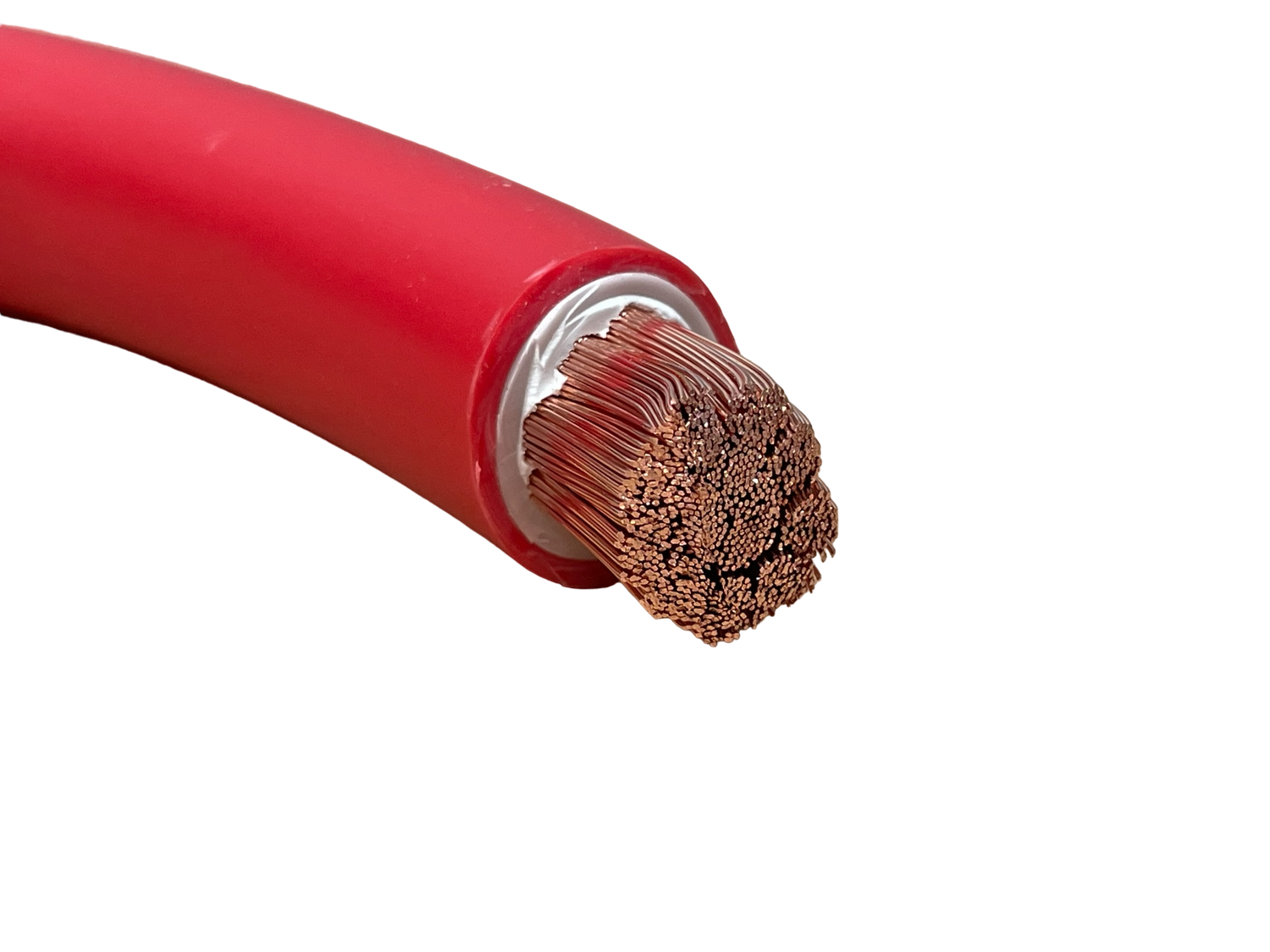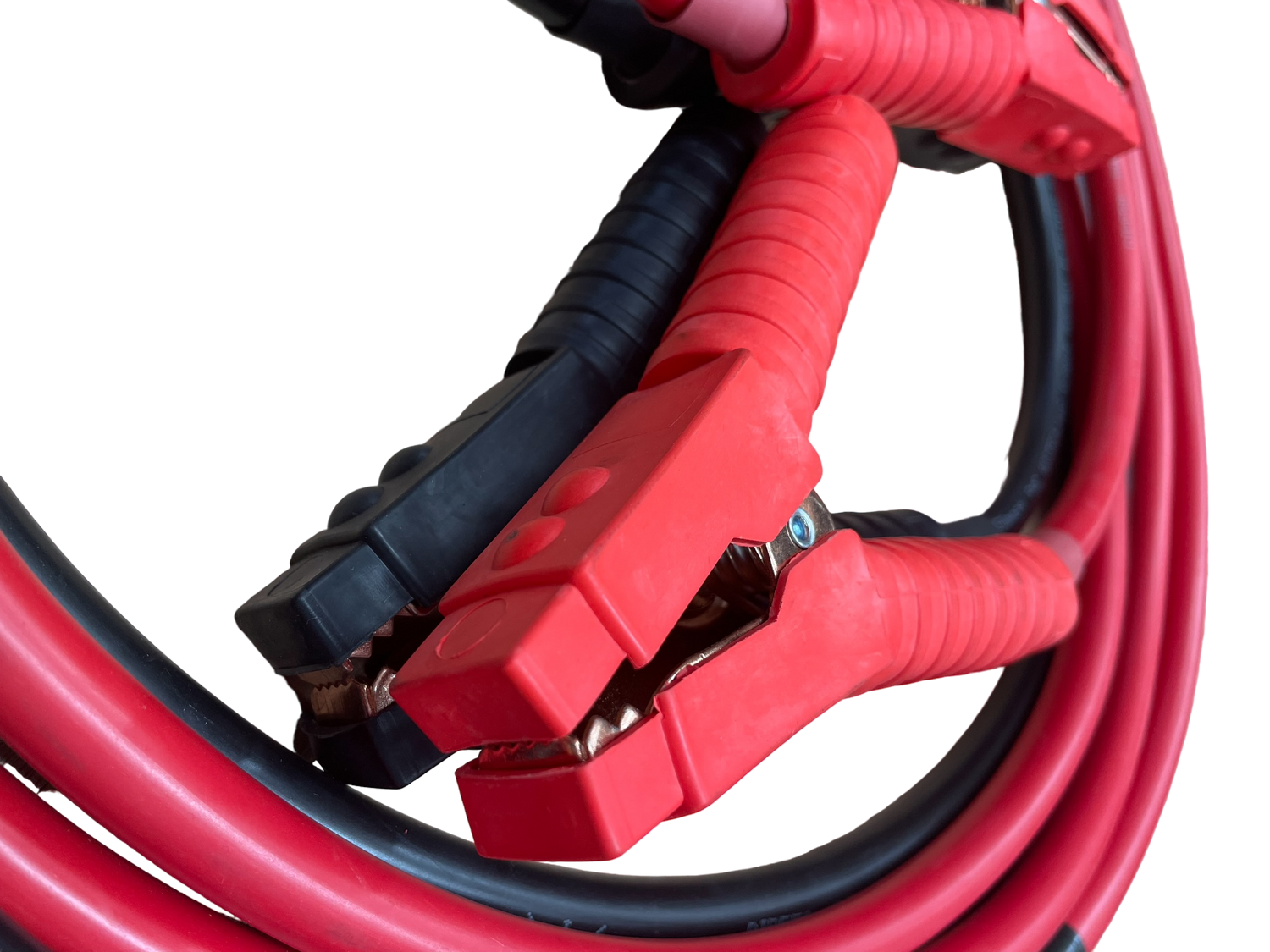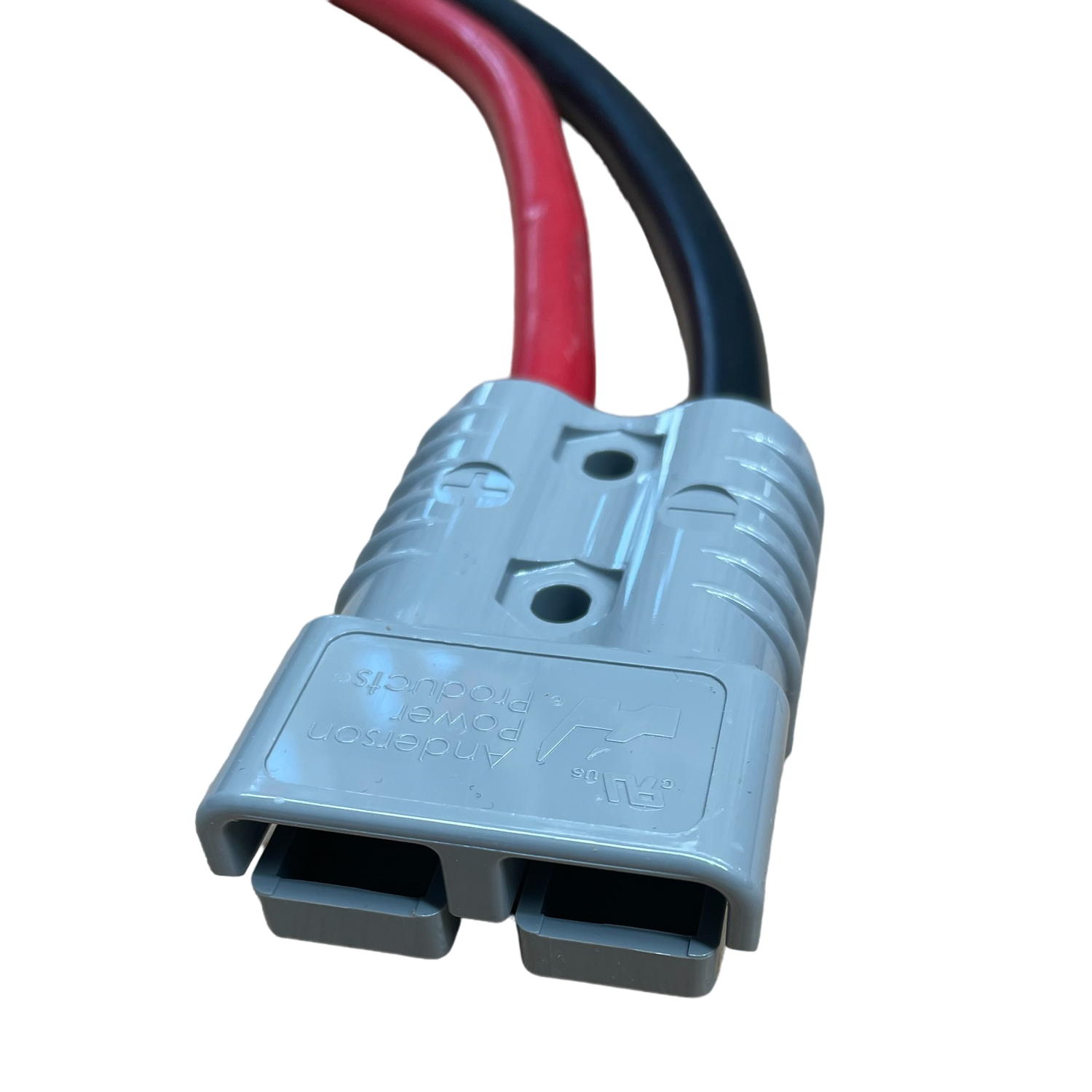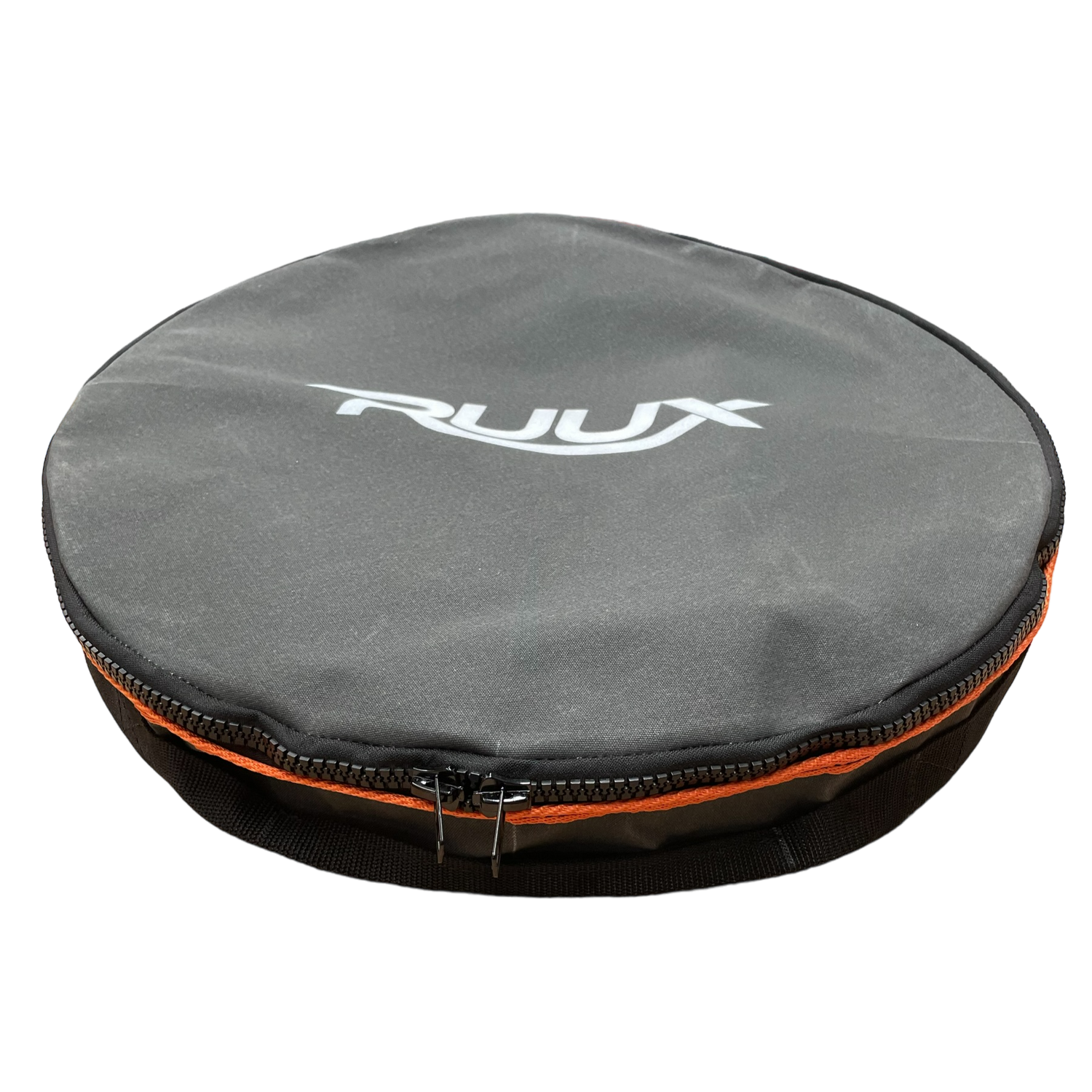Ruux Heavy Duty Jumper Leads
Ruux Heavy Duty Jumper Leads are Australian made from Australian components. Backed by over 30 years experience in the trucking and transport industries, Ruux heavy duty jumper leads offer an efficient and effective jump-start solution for every application.
35mm² Range - Best suited for cars and 4WDs
50mm² Range - Best suited for 4WDs, Small and Medium Trucks, and Machinery
70mm² Range - Best suited for Heavy Trucks, Road Trains, and Mining Machinery
95mm² Range - Best suited for Heavy Mining Machinery

Pure Copper
Ruux Heavy Duty Jumper Leads use premium, Australian made, double-insulated Weldflex cable.

Clamps
Ruux Heavy Duty Jumper Leads are rated to 1,000 amps.

Anderson Plugs
Ruux Heavy Duty Utility Leads feature genuine Anderson high-current connectors.

Carry Bag
Ruux Heavy Duty Jumper Leads come in a convenient, sturdy, Australian made carry bag.
Jumper Lead FAQs
What makes Ruux jumper leads heavy duty?
The purpose of jumper leads is to start the engine of a vehicle with a flat battery. But as many of us have experienced, the engine doesn't always start immediately after connecting the jumper leads. In this case we have to wait for the flat battery to charge for a while before trying to start the engine again. This may take a few seconds, a few minutes, or even longer depending on a number of factors. These factors include how flat the battery is, how much electrical current the engine requires to start, and the capacity of the jumper leads to provide that current.
When jumper leads are connected between the two vehicles, the flat battery will draw a relatively low current from the donor vehicle, which charges the battery. The partially charged battery is then able to provide some of the required current to crank the engine, while the remainder is provided by the donor vehicle. Therefore the longer the flat battery is allowed to charge before cranking the engine, the less input is required from the donor vehicle.
With this in mind, it becomes apparent that the capacity of the jumper leads is a limiting factor in the ability of the vehicle with the flat battery to draw the necessary current to crank the engine. This is where we see the difference between regular and Ruux heavy duty jumper leads. Regular jumper leads may lack the required capacity, and are only useful as a charging cable until the flat battery is sufficiently charged. Ruux heavy duty jumper leads, however, do possess the required capacity, and will allow a proper jump start of an actually flat battery.
The size of jumper leads is expressed in square millimetres (mm²), which describes the cross-sectional area of the wire inside the leads. The greater the area, the greater the capacity to carry electric current safely. In addition, the capacity is affected by the material used inside the leads. Ruux heavy duty jumper leads use pure copper for its excellent conductive properties, whereas light duty leads typically use copper-plated aluminium.
Do I need to turn off my car before connecting the jumper leads?
Yes! Don't connect the leads when your vehicle is running. Both the car and auxiliary source must be turned off prior to connection or disconnection. Otherwise it can cause vehicular damage and potentially shock you.
How do I connect jumper leads?
- Begin by parking the vehicle with the good battery next to the vehicle with the flat battery.
- Open the bonnets of both vehicles and locate their batteries. If the batteries are covered by plastic hoods, remove the hoods so the battery posts are exposed.
- Locate the positive (+) and negative (-) posts. The positive post may be red, but not always, so it's best to look for the plus or minus sign to determine the post's polarity. Remove any dirt from the posts.
- Connect one of the red clamps to the positive (+) post of the flat battery. Make sure the clamp is firmly connected. Connect the other red clamp to the positive (+) post on the good battery.
- Connect one of the black clamps to the negative (-) post of the good battery. Make sure the clamp is firmly connected. Connect the other black clamp to a bare metal surface on the engine of the car with the flat battery, such as a bolt. This will provide grounding for the jump start.
How do I jump start a vehicle?
- Ensure the jumper leads are connected properly. See 'How do I connect jumper leads?' above for more details.
- Start the functioning vehicle's engine first and let it idle for a few minutes.
- Start the other vehicle's engine and let it idle for a few minutes.
- If the vehicle with the flat battery starts without any issues, carefully disconnect the black clamp from its battery first. Then disconnect the black clamp from the other vehicle's battery.
- Finally, remove the red clamp from the good car's battery and then from the once-flat battery.
It's best to keep your car running for a good while to help recharge the battery, but you should also consider having its voltage checked to be sure it doesn't need replacing.



